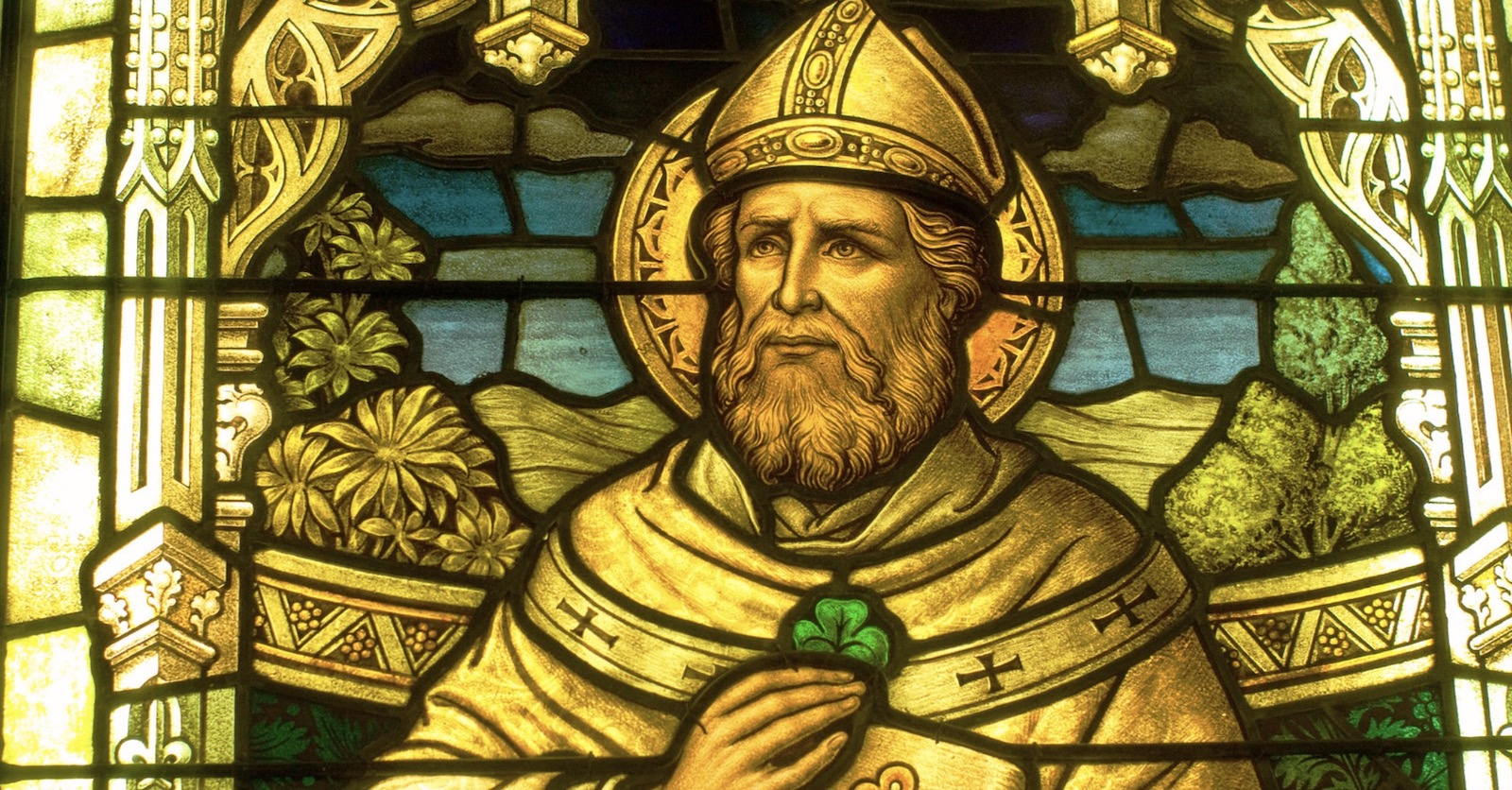St. Patrick was a man who, very early in life, was made aware of his strengths and weaknesses. He was empathic, persuasive, and had a strong vision of what he wanted to achieve. He regularly used conceptualization (his use of the shamrock is his most famous) and he had strategic foresight in laying out his mission.
RELATED
- Leadership Lessons Learned
- How to Keep Team Motivation High and Create a Healthy Workplace
- Leadership and Management—Not One and the Same
Keys to Leadership
The keys to St. Patrick’s leadership, from which we can learn for our own leadership development today, most closely relate to Servant Leadership. The Spears Center for Servant Leadership identifies 10 characteristics to Servant Leadership, and St. Patrick’s approach, work, and impact fit perfectly into each of these characteristics.
- Listening – The time he took to listen, talk, and answer questions was a recurring theme.
- Empathy – Based the trials of his own life, St. Patrick's empathy was displayed when he encountered the trials of others. This was especially clear in his Letter to the Soldiers of Coroticus.
- Healing – At the end of his letter, he offers the opportunity for them to repent, even after what they had done, he offers the chance for healing.
- Awareness – St. Patrick was clearly aware of his own weaknesses and the culture of the Celtic Irish.
- Persuasion – His ability to convert strong leaders, Chieftains and Kings.
- Conceptualization – The use of the shamrock to articulate the Trinity.
- Foresight – The strategy he employed in charting his mission throughout Ireland, carefully choosing each step.
- Stewardship – St. Patrick saw the future of Ireland and the care of its people as the core of his mission.
- Commitment to the growth of people – He trained clergy and so sustained and consolidated each location before moving on to the next.
- Building community – The sites he used as churches were at or near the seats of Chieftains and Kings, many were founded as monastic settlements and became population centers at a time when few existed.
So, while St. Patrick is with us today in annual national and international celebrations, in prayer and pilgrimage, as well as imagery and national pride, he is also an example of leadership that can influence us in our daily work lives.













